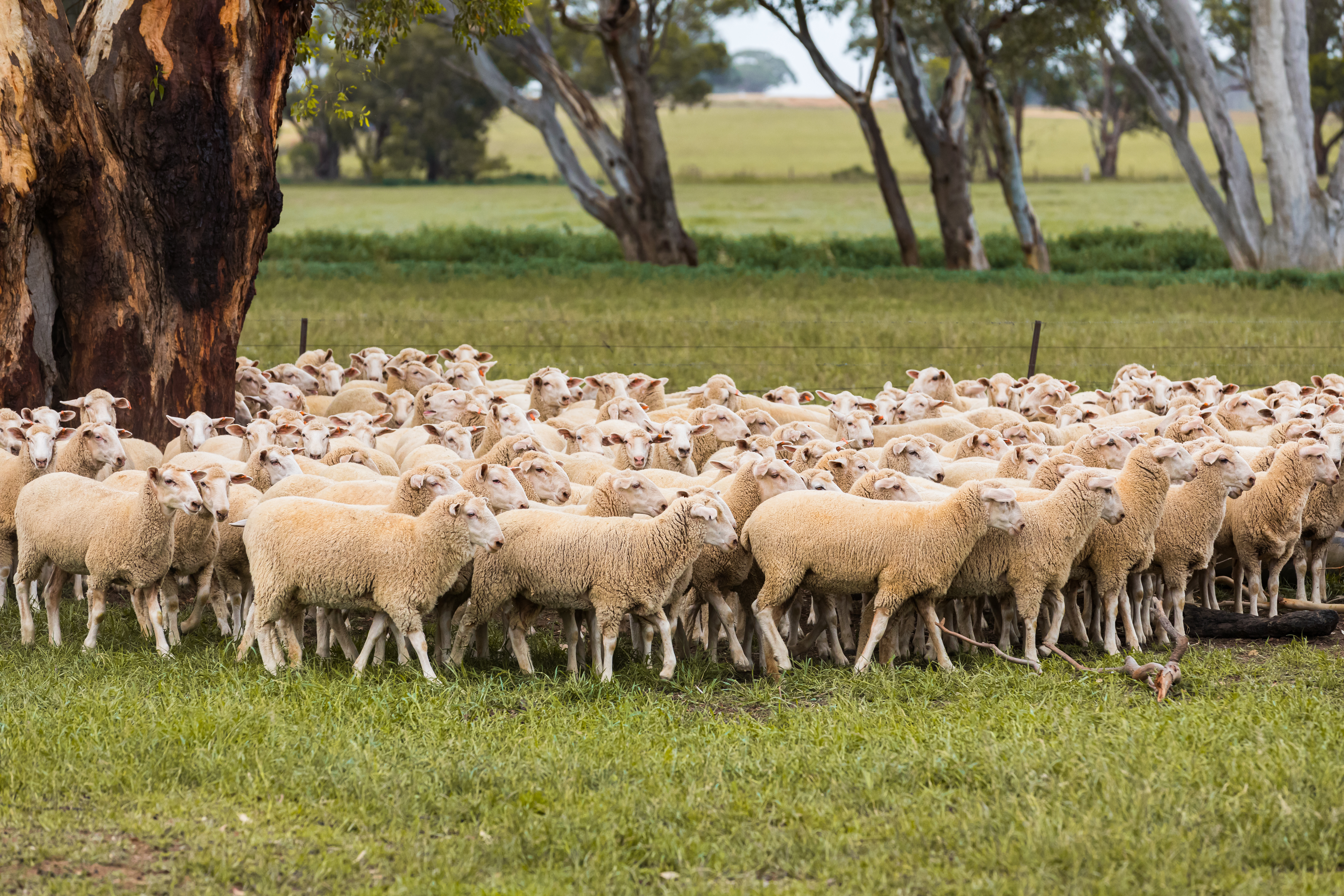Australia’s Agricultural Industry Thrives with Record Export Growth and Enhanced Animal Traceability
Monday, 27 January, 2025

Australia’s agricultural industry continues to demonstrate robust growth, driven by strong overseas demand and a reputation for high-quality red meat. According to the latest data from the Department of Agriculture, Fisheries and Forestry, Australia has seen significant increases in the export of beef, lamb, and mutton, solidifying its position as a global leader in red meat supply.
Record-Breaking Export Figures
The latest export figures reveal remarkable achievements across several meat categories:
- Beef: Exports reached 1.34 million tonnes, 22% higher than in 2023, and surpassed the previous record of 1.29 million tonnes set in 2014. The United States and Southeast Asia saw the strongest growth, with exports increasing by 60% and 33%, respectively.
- Lamb: Exports rose to 359,299 tonnes, 10% higher than the previous record set in 2023. The United States, China, and the United Arab Emirates were the largest markets.
- Mutton: Exports increased to 255,098 tonnes, 22% higher than the previous record set in 2023. China remained the largest market, followed by Malaysia and the United States.
Rod Johnson, General Manager Australia at Gallagher Animal Management, emphasized the strength and resilience of Australia’s agricultural industry. “The impressive export growth we are witnessing is a testament to the dedication and hard work of our producers, as well as the high quality of Australian red meat,” he said. “Our industry’s commitment to excellence and reliability has earned us a trusted reputation worldwide.”
Impact of Mandatory EID Legislation
Looking ahead, the recent implementation of Mandatory Electronic Identification (EID) legislation in January 2025 is expected to further enhance the traceability and quality of Australian livestock. Johnson noted that the Mandatory EID legislation could bring significant changes to the industry: “The new EID legislation is a major development for our industry. It will not only improve animal welfare and biosecurity but also provide greater transparency and traceability, which are crucial for maintaining and expanding our export markets; particularly when factoring in growing consumer trends favouring ethically farmed produce.”
The increased animal traceability afforded by EID is anticipated to drive future growth in export revenue. With the ability to track and verify the origins and history of each animal, Australian producers can assure overseas buyers of the safety and quality of their products. This added value is expected to strengthen Australia’s competitive edge in the global market.
Future Prospects
The outlook for Australia’s agricultural industry remains positive, with continued demand for high-quality red meat and the potential for new market opportunities. The industry’s proactive approach to innovation and adherence to stringent quality standards positions it well for sustained growth.
Johnson concluded, “We are optimistic about the future of Australia’s agricultural sector. By leveraging new technologies like EID and data based animal management solutions to drive quality production, we can continue to improve efficiencies and profitability, meeting global demand and achieving new heights in export revenue.”